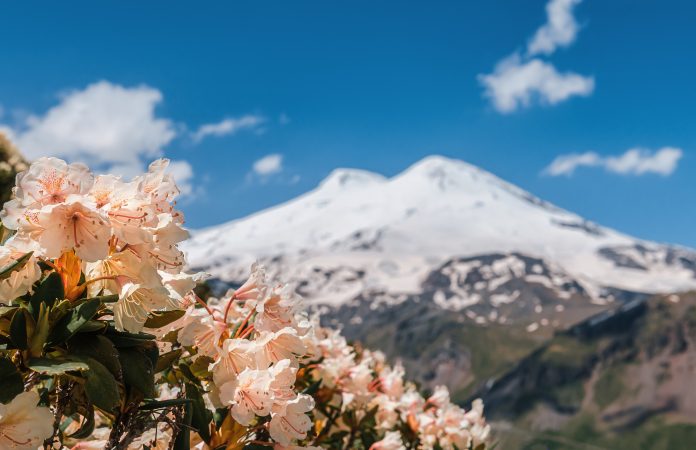I. Mount Elbrus Expedition: Introduction
Mount Elbrus is one of the world’s most iconic and challenging peaks, located in the Caucasus Mountains of Russia. Rising to a height of 18,510 feet (5,642 meters), it is the highest mountain in Europe and attracts climbers and adventurers from around the globe. The mountain’s stunning beauty, rich history, and physically demanding climbing routes make it a popular destination for trekking enthusiasts. Several factors come into play when considering the timing of the climb, including weather conditions, crowd levels, and personal fitness and experience. It is also one of the peaks to be submitted under Seven Summits’ challenges of climbing the highest peaks of all seven continents.
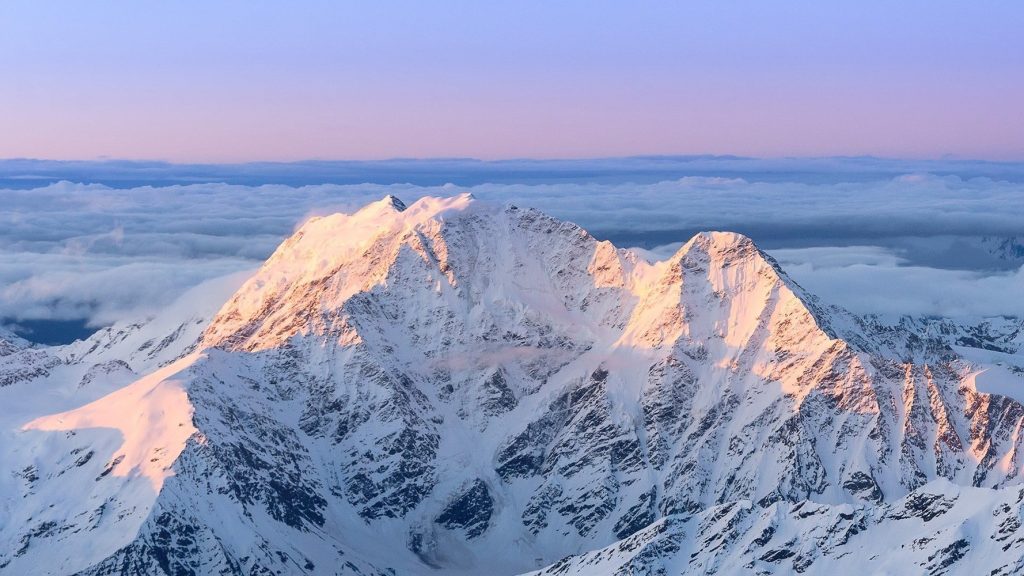
II. Weather and Seasons on Mount Elbrus
Two main climbing seasons and their characteristics
Summer Season (June to September)
The summer season is considered the primary climbing season on Mount Elbrus. It offers the best weather conditions for climbing and trekking. June and July are generally the busiest months, with August and September slightly less crowded. During summer, the weather on Mount Elbrus is relatively milder, with warmer temperatures and longer daylight hours. However, the weather can still be unpredictable, and climbers should be prepared for sudden changes. In June, temperatures at the base of the mountain range from 10 to 20 degrees Celsius. As you ascend, temperatures drop, averaging 0 to -10 degrees Celsius at higher altitudes. Rain and snowfall are relatively lower during the summer, but occasional snow showers can still occur. Being prepared for changing weather conditions is essential, especially at higher elevations. The average temperature in these months is -10°C to -5°C (14°F to 23°F) at the summit.
Winter Season (December to March)
The winter season on Mount Elbrus attracts fewer climbers due to harsher weather conditions and more challenging terrain. It is suitable for experienced mountaineers seeking a more adventurous and demanding climb. December and January are the coldest months, with temperatures ranging from -20°C to -30°C (-4°F to -22°F). February and March are milder but still quite cold, with temperatures ranging from -15°C to -25°C (5°F to -13°F). The mountain becomes significantly more challenging due to icy slopes, deep snow, and increased avalanche risk. Temperatures at the mountain’s base can drop below freezing, ranging from -10 to -20 degrees Celsius. At higher elevations, temperatures can plummet to -30 degrees Celsius or lower. Winter sees the most significant snowfall, with snow covering the entire mountain. The deep snow accumulation makes climbing more strenuous, requiring technical skills and appropriate equipment.

How weather affects climbing conditions
Mount Elbrus experiences freezing temperatures, even during the summer climbing season, with temperatures ranging from -10°C to -20°C (14°F to -4°F) at lower altitudes and dropping to -30°C to -40°C (-22°F to -40°F) or even lower at higher elevations. Climbers must be adequately prepared with appropriate clothing and gear to withstand the cold. Weather disturbances can bring precipitation to Mount Elbrus, including snow and rain. Precipitation can affect climbing conditions by making the terrain slippery and increasing the risk of avalanches. Climbers need to be cautious and adjust their plans accordingly when encountering precipitation. The wind is a significant factor on Mount Elbrus. High winds can reach speeds of 80 km/h to 100 km/h (50 mph to 62 mph) or even higher. Strong winds can decrease visibility, increase the risk of frostbite, and make it difficult to maintain balance and progress.
Climbers need to consider wind speed and direction when planning their ascent and may need to wait for favourable conditions. It’s important to note that climbing Mount Elbrus requires proper acclimatization, physical fitness, mountaineering skills, and the necessary equipment, regardless of the season. It’s advisable to consult with experienced guides or join organized expeditions to ensure a safe and successful climb.
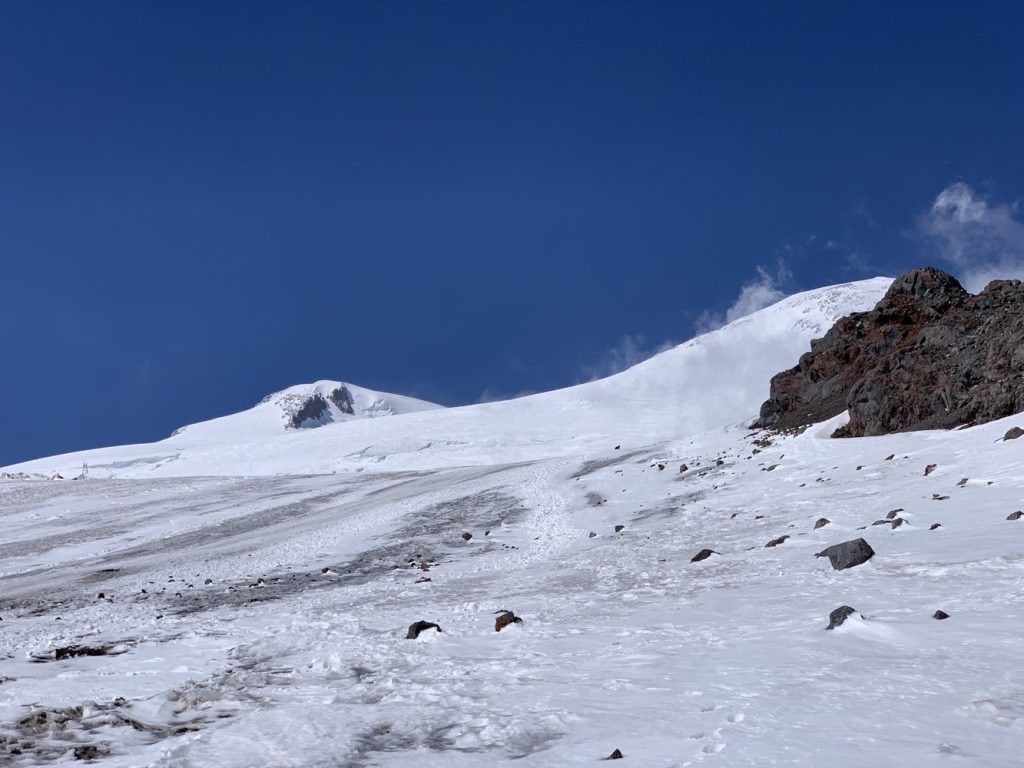
III. Best Time to Climb Mount Elbrus
Comparison of the two climbing seasons
Summer Season
The summer climbing season on Mount Elbrus usually runs from late June to early September. Warmer temperatures and longer daylight hours characterize this period. During the summer season, the weather on Mount Elbrus is relatively mild compared to the winter season. However, it can still be unpredictable, with temperature fluctuations, strong winds, and occasional storms. The average temperatures range from around 5°C at the base to -10°C at the summit.
The snow conditions during summer vary depending on the recent weather and the specific route chosen. Lower down the mountain, there may be less snow; higher up, there can still be significant snowfields and glaciers. During the summer season, the lower parts of the mountain and the mountain huts are more easily accessible. The cable cars and chairlifts are generally in operation, allowing climbers to reach higher elevations more quickly. The summer season tends to be busier on Mount Elbrus, with more climbers attempting the summit. This can result in more crowded routes, potential queueing at sections like the saddle, and limited availability of accommodations and services.
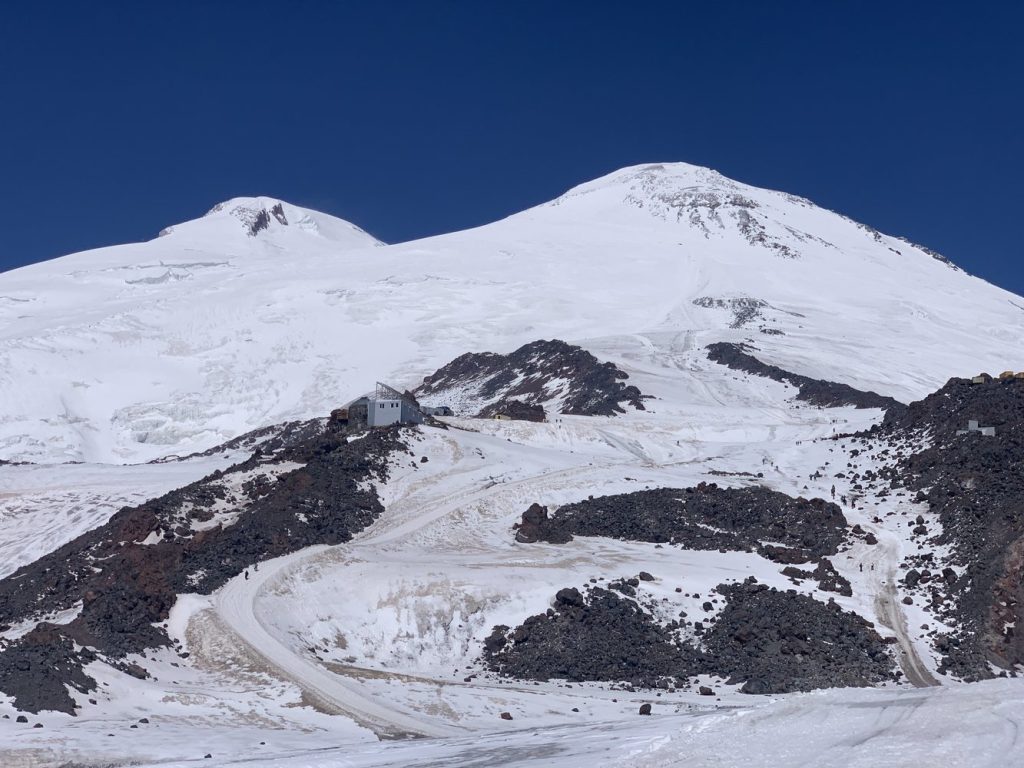
Winter Season
The winter climbing season on Mount Elbrus typically extends from December to March. Colder temperatures and shorter daylight hours characterize this period. Winter conditions on Mount Elbrus are harsh, with temperatures dropping well below freezing. The average temperatures at the summit can range from -20°C to -30°C or even lower. Severe winds, snowstorms, and reduced visibility are common during this season. The mountain is covered in deep snow during winter, and the snowpack is generally more stable and consolidated. The routes may have fewer crevasses and open bergschrunds compared to the summer season.
Climbers often require specialized equipment such as snowshoes, crampons, and ice axes. The winter season poses additional challenges due to the heavy snowfall and freezing temperatures. The cable cars and chair lifts may not be operational, and access to the mountain huts can be more difficult. Climbers often need to use snowcats or snowmobiles to reach higher elevations. The winter season generally sees fewer climbers attempting Mount Elbrus than the summer. It offers a more secluded and remote experience, with fewer people on the mountain.
Both seasons have their advantages and challenges. The summer season provides milder weather and longer daylight hours, making it more suitable for climbers who prefer relatively more comfortable conditions and a higher chance of success. On the other hand, the winter season offers more challenging and adventurous conditions, with deep snow and a quieter atmosphere on the mountain. When planning a climb to Mount Elbrus, it’s essential to consider your climbing experience, skill level, personal preferences, and the availability of appropriate gear and services during each season. It’s also recommended to consult with local mountaineering agencies or experienced climbers familiar with the mountain’s current conditions.
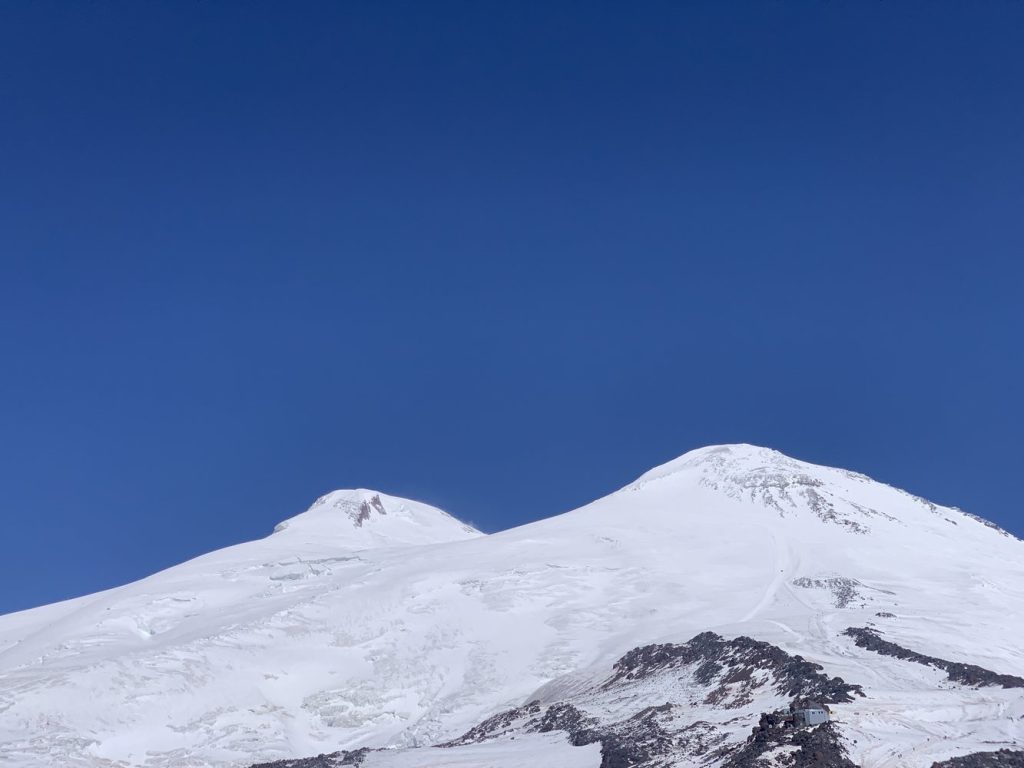
IV. Tips for Climbing Mount Elbrus
Preparation and training advice
Climbing Mount Elbrus, the highest peak in Europe, is a challenging and rewarding endeavour. It requires proper preparation and training to ensure your safety and increase your chances of a successful summit. Focus on cardiovascular exercises like running, cycling, and hiking to improve your endurance. Incorporate strength training exercises to build your core, leg muscles, and upper body strength. Gradually increase the intensity and duration of your workouts to mimic the demands of climbing at high altitudes. Consider working with a personal trainer or seeking advice from a fitness professional to design a tailored training plan. It’s essential to prioritize safety and be prepared physically, mentally, and technically for the Elbrus expedition.
Equipment recommendations
- Mountaineering Boots: Invest in a good pair of mountaineering boots designed for high-altitude climbing. They should be waterproof, insulated, and compatible with crampons.
- Ice Axe: An ice axe is crucial for self-arrest and stability while traversing icy slopes. Choose a lightweight ice axe with a comfortable grip.
- Layered Clothing: Layering is essential for adjusting to changing weather conditions. Carry base layers, mid-layers, and a good quality waterproof and windproof shell jacket and pants.
- Insulated Gloves: Invest in warm, waterproof gloves with good dexterity. Consider having an extra pair as a backup.
- Gaiters: Gaiters provide additional protection for your lower legs and keep snow out of your boots.
- Trekking Poles: Trekking poles provide stability and reduce stress on your knees during long ascents and descents.
Carry lightweight, high-energy snacks like energy bars, nuts, and dried fruits. Ensure you have a sufficient supply of water or purification methods. Remember, climbing Mount Elbrus is a tough endeavour, and it’s essential to have proper training, experience, and knowledge about high-altitude climbing. If you need to become an experienced mountaineer, consider hiring a local guide or joining a reputable expedition company to ensure your safety and increase your chances of a successful summit.
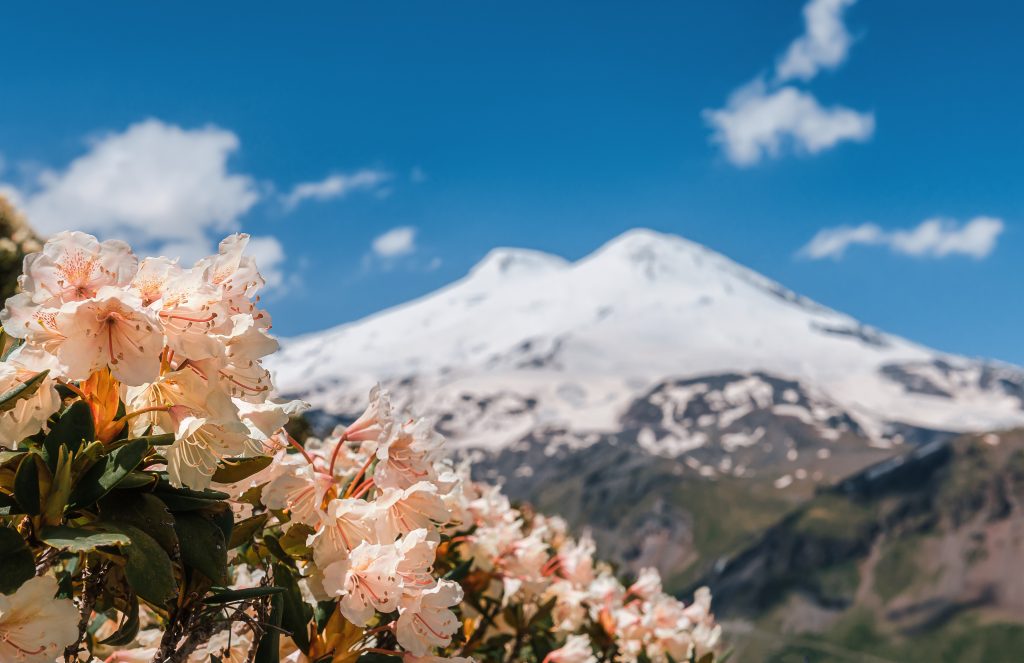
Safety considerations
Ensure that you are in good physical condition before attempting the climb. Climbing Mount Elbrus requires high fitness and endurance due to its altitude and challenging terrain. Engage in regular exercise and altitude training to prepare your body for the climb. Take rest days at intermediate camps to aid in acclimatization and reduce the risk of altitude-related illnesses. Be aware of the weather forecast and plan your climb accordingly. Mount Elbrus experiences harsh weather conditions, including extreme cold, high winds, and frequent storms. Check the forecast before starting your ascent, and be prepared to adjust your plans or postpone if the conditions are unfavourable.
Ensure you can access communication devices like radios or satellite phones to contact emergency services. Familiarize yourself with evacuation routes and nearby medical facilities. Respect the mountain environment by following the principles of Leave No Trace. Minimize your impact on the natural surroundings, pack out all trash, and be mindful of the local flora and fauna. Remember that climbing Mount Elbrus is challenging and should not be taken lightly. Prioritize safety, make informed decisions, and be prepared for the physical and mental demands of the climb.
Trekking Mount Elbrus offers a thrilling and challenging experience for outdoor enthusiasts. The best time to undertake this adventure is during the summer when the weather is relatively more stable. However, it is essential to remember that Mount Elbrus is a high-altitude mountain, and weather conditions can be harsh and unpredictable at any time. Proper planning, adequate equipment, and consulting with experienced guides are crucial to ensuring a safe and successful trek up this majestic peak.
